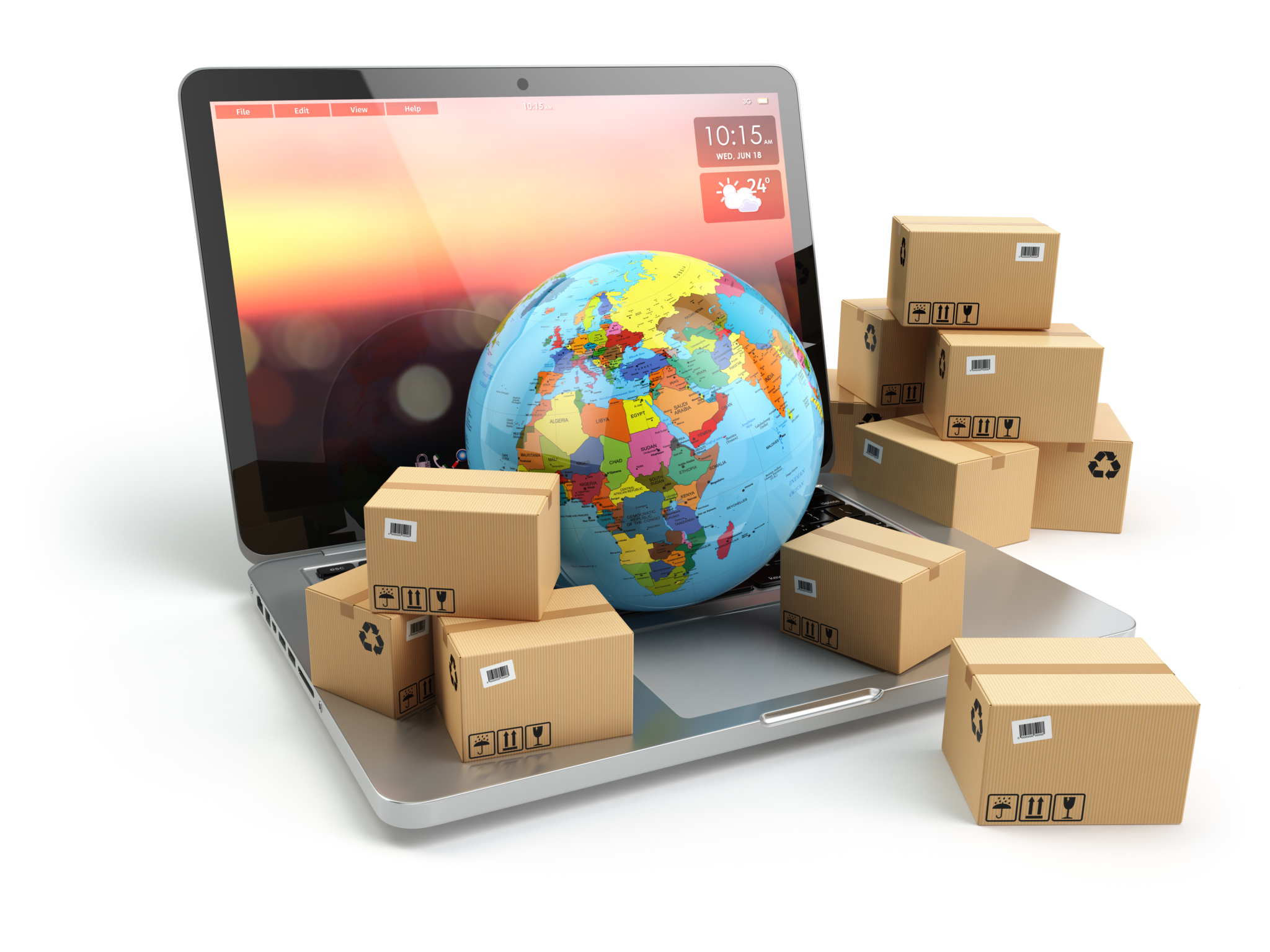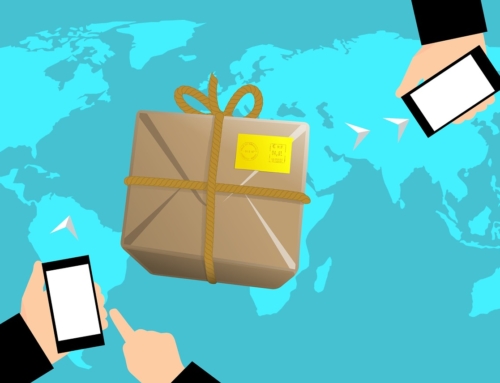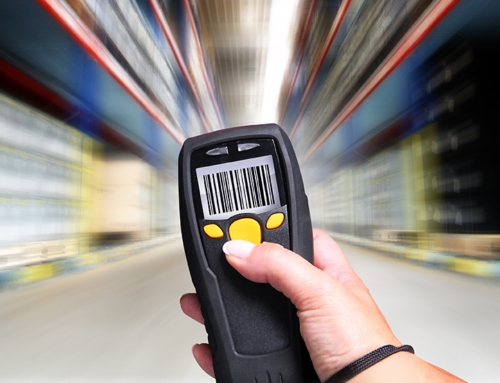Forward-facing logistics supply chains have been increasingly incorporating technology to measure and automate everything from picking orders to tracking and reordering inventory, but the reverse logistics side has not been keeping pace.
In fact, reverse logistics could benefit massively from technology that continues to be implemented slowly, if at all.
Perhaps it’s because it’s more difficult for returns management departments to visualize how tech and data can help them move faster and function more efficiently. Fortunately, there are lots of smart tools that can be adapted to be used by reverse logistics teams and some developed specifically for those jobs.
Adding Tech to Your Reverse Logistics Team
There’s no denying that reverse logistics has been lagging behind the tech curve. As returns are piling up, many reverse logistics firms are still processing everything by hand, rather than turning to technology solutions to help increase their speed and efficiency.
The nature of returns management makes it difficult to envision how these things might help improve customer care, but something has to give as the avalanche of returns threatens to swallow these companies.
Here are three simple ways tech can be applied to reverse logistics right now:
- Apps can help facilitate returns. There are apps for that these days. Some are designed to facilitate product returns and even give instant refunds, others help customers compare their shipping options for return shipments so they can make a choice that’s easiest for their lives and schedules.
- Automating inventory solutions. Too many reverse logistics companies continue to grade products by hand, which is a slow and tedious process. There are SaaS solutions today that take the guesswork out of grading returns and instead give a definite decision quickly.Whether the answer is to refurbish, reroute, liquidate or scrap, automating returns sorting not only makes it go faster, it turns out that it’s helping to keep more goods out of landfills.
- Opening direct sales channels for liquidation. Online auction platforms will sell just about anything these days, and there’s one specifically for liquidating returns and products that have been discontinued. Instead of hoping for a buyer, retailers can list their products for sale, receive multiple bids from across the globe, make arrangements for transportation and net more money than they could by selling locally.
Despite the unique challenges posed by reverse logistics as an industry, adding tech to the mix can only make the processes involved easier. It may require some tweaking and a little bit of a learning curve to get things just right, but automating anything that can be automated will ultimately end up speeding up the whole process and saving companies with eCommerce arms significant dollars and cents.






Leave A Comment